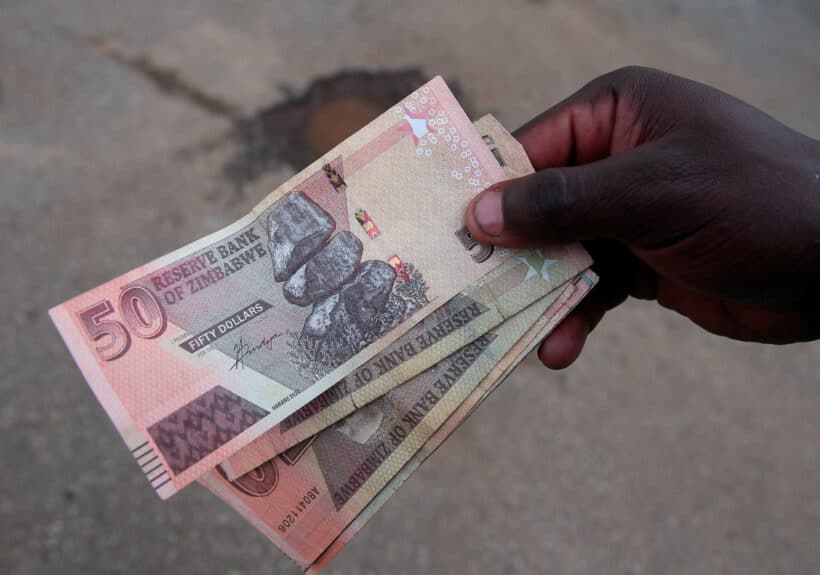
Zimbabwe says it will re-launch its currency for a sixth time next week, in a bid to reign-in inflation after the latest collapse of the Zimbabwe dollar.
New Reserve Bank of Zimbabwe Governor John Mushayavanhu said the Zimbabwe Gold (ZiG), would replace the last incarnation of the Zimbabwe dollar, and would be backed by a select group of foreign currencies, gold and other precious metals the country produces. The new currency will be introduced next Monday at 13.56 per U.S. dollar.
“With effect from 5 April 2024, banks shall convert the current Zimbabwe dollar balances into the new currency which shall be called Zimbabwe Gold to foster simplicity, certainty, and predictability in monetary and financial affairs,” the central bank said in a monetary policy statement. “The new currency will co-circulate with other foreign currencies in the economy.”
Zimbabwe’s dollar had lost almost three quarters of its value against the dollar since a relaunch last year, stoking inflation which was measured at 55.3 percent in March versus 47.6 percent the month before. The country has battled to tame inflation since it hit a record 500 billion percent in 2008 when it was forced to abandon the Zimbabwe dollar.
Mushayavanhu replaced John Mangudya as governor last month.
To protect the value of the new currency, Mushayavanhu said he would limit central bank lending to the government — a key source of the inflation that engulfed the economy in 2008 — and ensure that reserve money would be fully backed by the country’s equivalent gold and foreign currency reserves.
A strict monetary policy would also be implemented he said, setting the new benchmark rate at 20 percent, down from the current rate of 130 percent. Exporters would be requested to surrender half of their forex receipts for the foreign exchange market with the balance going to the government.
“The Bank will use 50% of the foreign currency proceeds from surrender requirements for strategic interventions in the foreign exchange interbank market,” he said. “The remaining foreign currency will be available to satisfy the Government’s foreign currency obligations in exchange for ZiG and to build foreign exchange reserves for the Reserve Bank.”

